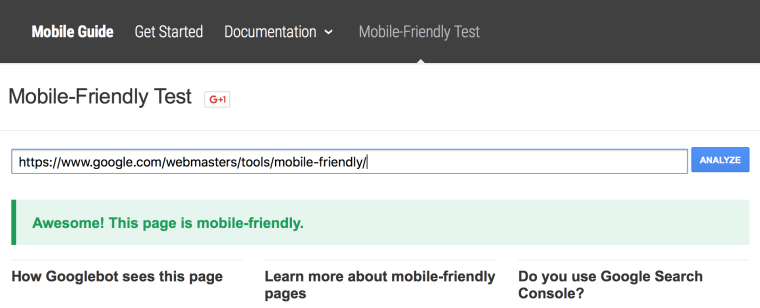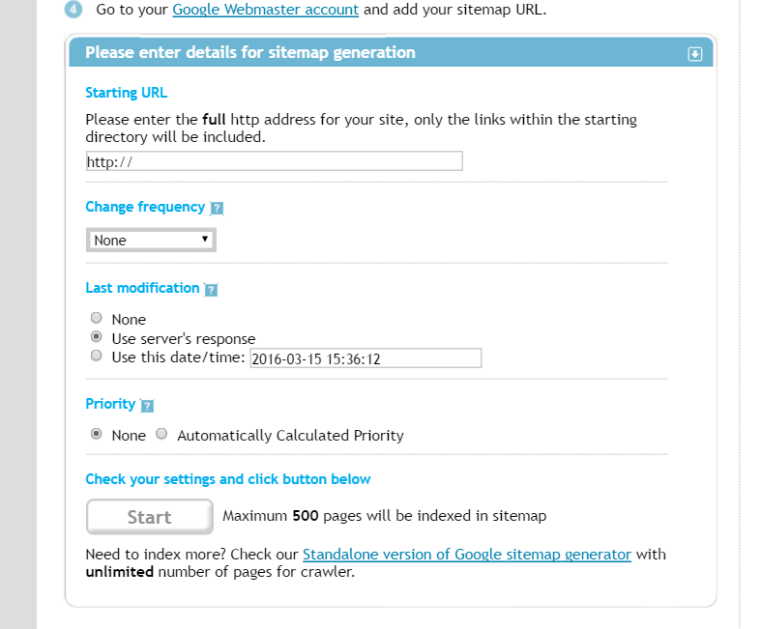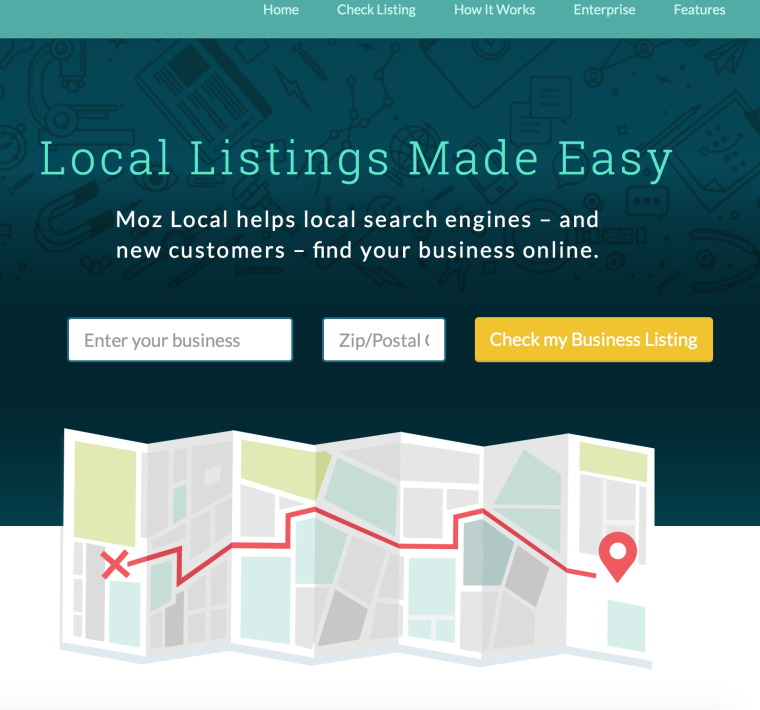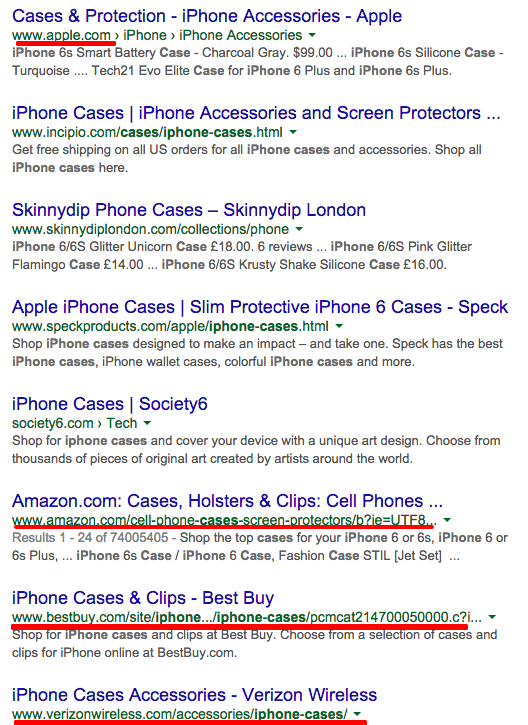Analytics news and expert advice every Thursday.

It's an old trope of the Search Engine Optimization industry that SEO is the channel with the greatest return of any online marketing channel. But, given Google's increased ability to identify and penalize sites employing poor-quality link-building prac tices, my experience in the new business trenches with QueryClick (my employer) tells me that many agencies today are failing to deliver return for their clients. And, in some cases, they report fantastic ROI figures despite presiding over declining organic traffic!
If you oversee SEO and want to get a true picture of your (or your agency's) real return on investment improvement, what criteria do you need to use? Though this is a seemingly simple question, it's a very important one to ask because SEO truly can — and should — be at the very core of your online marketing strategy.
So, what is my baseline?Again, a seemingly simple question with an obvious answer: year-on-year improvement in revenue from the channel (independent of any attribution model). But let's analyze what needs to come into the spotlight when building this baseline.
This defines an ARIMA(p,d,q) process with drift δ/(1−Σφi)… but you don't need to know that. Apply a data scientist to R and automate this part.
Keep all your adjustments available and clear in your baseline, and pull in the R data from your ARIMA calculation. In Excel, for example, instead of stacking up all of the above, keep the modifiers for each item separate — I like to run a separate tab — and place your modifiers in month-by-month grids, adjusting up and down by percentage rates based on the absolute difference and total volume affected. If you keep it all in a separate sheet, you can review and assess against the reality and include commentary when you set out your baseline.
If you are applying this adjustment historically (and I strongly recommend you do, even if you are going through this process for new campaign planning and to secure budget), take the same approach and place confidence rates (zero to 100 percent) against each item. These can be set to 100 percent for items you are certain affected the baseline (stuff in the past, say). For example, in the UK, we have had four consecutive "hottest months ever" this year. If your data covers this period, you have a 100 percent modifier to your early/late sales impact rate (itself a percentage).
If there is a level of doubt about a modifier you insert, try to use modifiers that are widely accepted in the business category or industry, and, where none exist, take a moderate view and use that year's data to assess if the modifier needs to change next year. This narrative continuity, and declaration of "known unknowns" will engender confidence in your baseline stability and remove subjective influence — allowing you to take an objective view of performance over and above this baseline.
Also, annotation within your web analytics package is a best practice to ensure any segmentation and subsequent data export can take your data in context and allow adjustment.
Attributing value within an attribution modelAttribution is, itself, an in-depth post, so, other than asking you to think deeply about Avinash Kaushik's excellent primer, let's restrict ourselves to the most pertinent and independently measurable facet of attribution as it relates to SEO year-on-year performance: How much has SERP overlap affected SEO channel traffic capture year-on-year?
Answering this requires us to adjust for spend variation in paid search over the year, and also to deal with the old issue of brand and non-brand conversion impact. In short, brand typically converts at a higher rate on last-click attribution models, which then takes revenue (unfairly) away from other channels which contributed to the brand search in the first place.
Another way to think about this issue is that the time to convert is lower for brand traffic compared to non-brand, and so traffic via non-brand appears "harder to convert."
For our SEO baseline, we can account for this by simply adjusting to:
The importance of the first of these items is self-evident. Increased paid listings where once there were only organic for your brand will impact organic traffic (regardless of any incremental halo effect where both exist) and should be removed from our baseline measurement for fairness in the same manner as the previous items. The second is less evident.
The theory it models is: if SEO is to drive new business (as opposed to cannibalizing other channels), and if we are trying to measure growth, then increases in non-brand traffic should be critical and weighted up.
Therefore, in determining our baseline, we should weight-up the value of non-brand traffic and depress the impact of any brand increases. This further limits the impact of external factors and rewards the capture of highly valuable new business that would not otherwise have engaged if our ranking had not existed.
Adding this into your baseline requires an understanding of the brand versus non-brand split in your paid and organic data, which I described in my previous article on building lightweight attribution models for paid and organic media mix analysis.
Returning the "true" ROIAt this stage, we have normalized for many of the unearned components that contribute to the performance of any metric assessed from organic search. Obviously, to calculate ROI, you will need a value for Revenue (or Net Revenue). Taking a historic view, we can assess the previous year's Net Revenue from our normalized baseline: this is the "R" in our ROI calculation and should be used for the calculation.
If you are managing an internal team, you must decide how much to weight up the influence of increased generic performance to counterweight the stark reduction of trend performance you are removing with all the above normalization With a new or growing team, you may want to down-weight the trend performance as encouragement for future performance. With a more experienced team, you could be more stringent and allow for more "carryover" performance from the previous year.
Regardless of your decision, you now have the tools and a solid methodology for why you are calculating ROI figures that will allow you to interact more meaningfully with the rest of the business. Normalizing SEO ROI enables you to to be closer to the measurement protocols used with other business activities.
Some opinions expressed in this article may be those of a guest author and not necessarily Search Engine Land. Staff authors are listed here.
About The Author Chris Liversidge has over twelve years web development experience & is the founder of QueryClick Search Marketing, a UK agency specialising in SEO, PPC and Conversion Rate Optimisation strategies that deliver industry-leading ROI.Source: True performance baselines & ROI for SEO without attribution modeling









